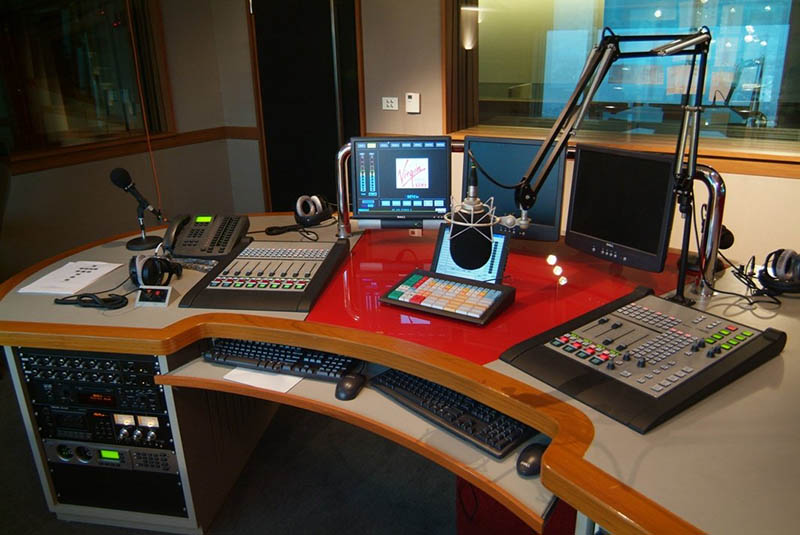To combat the pervasive and deeply ingrained issues of sexual harassment in the media industry, the Zimbabwe Media Commission (ZMC) and the Broadcasting Authority of Zimbabwe (BAZ) have mandated that all media organisations and broadcasting services registered with them must implement an internal sexual harassment policy. ZMC said this during a media industry sexual harassment […]






